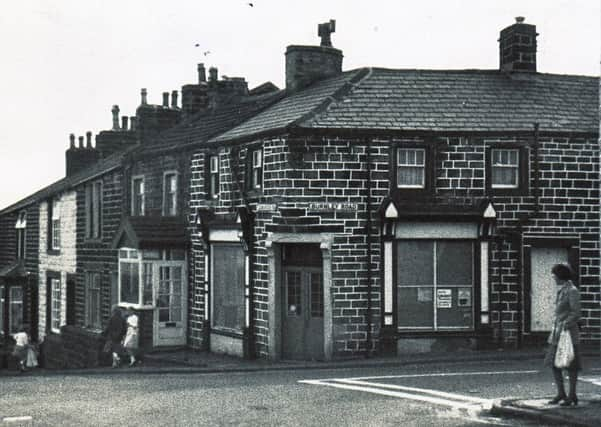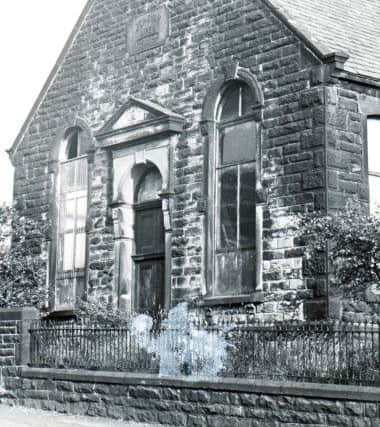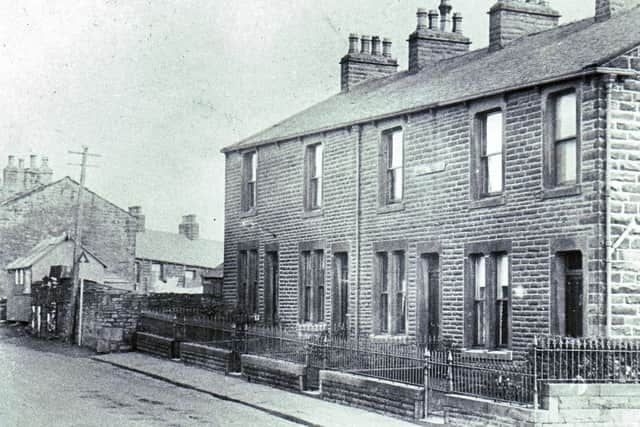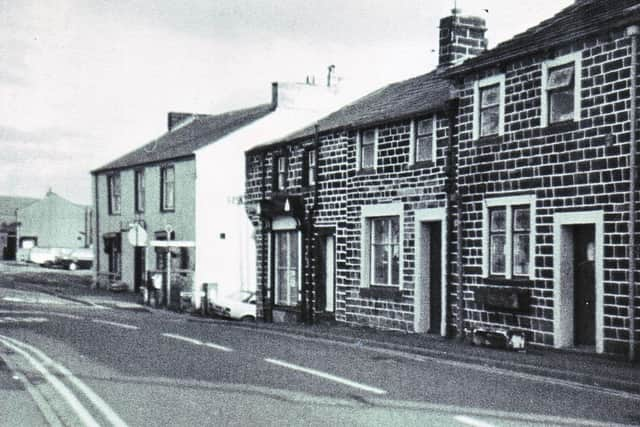No surprise about the name of '˜Mire Lane' and '˜Swamp Top'


The first is a reference to the Augustinian Abbey of Oseney, founded in 1129. The latter is the title of Sir Max Beerbohm’s only novel, a satire of Oxford life, published in 1911. I wondered if there was a Burnley connection so I looked up the only possible reference I could think of and there it was – Morrell’s Brewery. Philip Morrell was MP for Burnley from 1900 to 1918 and I have often wondered what his famous wife, Lady Ottoline, thought of our cotton town.
The book gave me the idea that I could do the same for Burnley, so I bought a copy. It has occupied a quiet place on my bookshelves ever since but, now and again, I reach for it and whatever I have wanted to check about Oxford has been there. The book even describes many of the historic streets – when they were first recorded, what their names mean and the better known buildings constructed along their length.
Advertisement
Hide AdAdvertisement
Hide AdThis latter gave me the idea for the series of articles I have written on Burnley streets and, today, I am going to take you along Burnley Road in Briercliffe. I say Briercliffe, as Burnley Road serves both Haggate and Harle Syke, the people often equate it only with the latter.


Burnley Road has not always been known by that name. It is one of the oldest roads in our area, pre-dating Colne Road, now the main route out of Burnley to the east, by hundreds of years and, in those days, the names of roads were descriptive of where they were heading for, or, as in this case, what they looked like.
The first recorded name we have for Burnley Road is Mire Lane and you would have appreciated why this was the case had you been a frequent user of it up to about 1850. The name was applied to much of the road’s course, in and out of Briercliffe, and it came about because it was crossed by so many streams that the road became boggy, almost impassable in bad weather. If you are aware that the old name for a stretch of the road was known as Swamp Top – a place where two small streams came together and spilled into the road – you might not be surprised.
Later the road acquired the name of Burnley Lane. This was applied to the whole of the road from Haggate almost through to St Peter’s Church, Burnley, and it accounts for some of the names along the route, the main ones being Burnley Lane Baptist Chapel and Burnley Lane Head. Both of these are now not on Burnley Lane which, at the former, is now known as Colne Road, and, at the latter, is known as Briercliffe Road.
Advertisement
Hide AdAdvertisement
Hide AdThe modern Burnley Road, in Briercliffe, was, finally, given that name in 1895. This name had been used before that but it was in that year that Briercliffe Parish Council decided to make it official. At that time the road remained essentially unmade. Irregularly strewn with ashes from the cotton mills, the road was in need of constant maintenance so the council decided to plead with the highway authority to have it paved. This was done, but without good foundations, above Queen Street.


Below that street the road was made rather better and it needed to be because, in the short stretch from there to the Commercial, three small streams approached the road from the north. The most troublesome of these was the “Harlesike” – literally “the ditch where the flax grows” – which crossed the road close to where Harle Syke and Briercliffe mills now stand. Before the mill pond of 1855, into which the stream fed, was built the road was often impassable at this point. A small bridge, to take the road over the stream, was constructed and its remains are buried under the present road outside Mill Cottage.
Burnley Road starts at the ancient crossroads in Haggate whose place name means “the path where the hawthorns grow”. The village was the scene of a Civil War skirmish in 1644 in which five men were killed. There is a blue plaque to commemorate the event on the front wall of the Hare and Hounds.
The latter was an inn but the Sun, in Burnley Road, was the village beer house. On its site, in the early 19th Century, there was another village institution, the village blacksmith’s, and it was there that weapons were made for the Chartists of the 1830s and 1840s. The Briercliffe Chartists were a particularly violent lot. They supported the leader of the physical force movement within the organisation. It might be difficult to believe but the Westminster government had spies who operated in Haggate, during the Chartist period, in an attempt to keep an eye on the potential revolutionary handloom weavers of the village.
Advertisement
Hide AdAdvertisement
Hide AdAs you can see in one of the images, there were a few handloom weavers’ cottages in Burnley Road and the picture I have chosen also shows the sign of a clogmaker, Robert Edmondson, who occupied one of the cottages in this short row. At the top of the hill above Cockden there was another shop which was kept by the mother of Abraham Altham, whose name is perpetuated in Althams Travel.


Further down the road there was the pea booth (in a timber hut) of a man who had the right to sell hot peas on Briercliffe’s first recreation ground, now the site of Douglas Road. On the same side of the road there is the 1887 Canaan, better known as Jehovah Jireh, Briercliffe’s Independent Methodist Chapel.
On the other side of the road is what was built as the Haggate Baptist Sunday School of 1882. At the end of that decade the building became the school run by the Briercliffe and Extwistle School Board and, later still, it was the locally famous Haggate School. Now the building serves as the Baptist Chapel but, before all this, the site was the village cricket field, at 850ft. high, one of the highest in England. A number of the great Lancashire players of Victorian times played here and one of them wrote, that the air was so thin it was easy to score a six in Haggate!